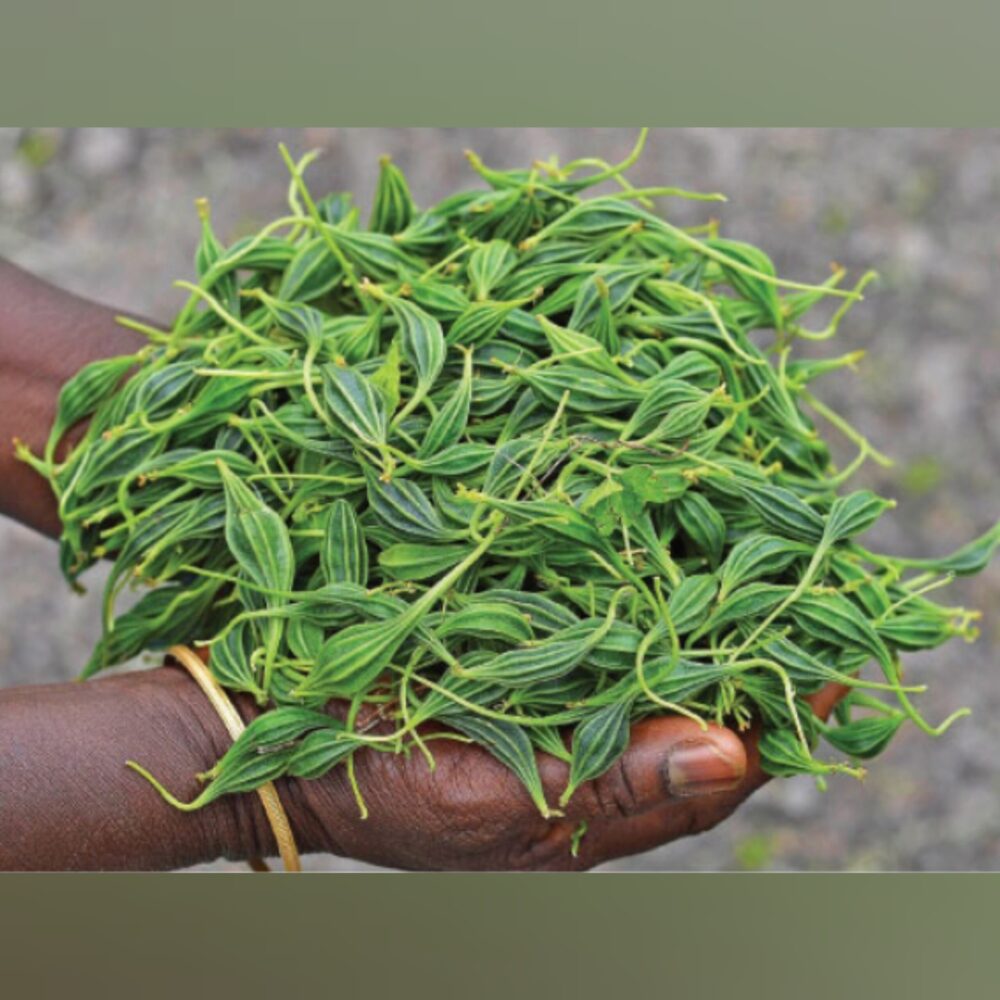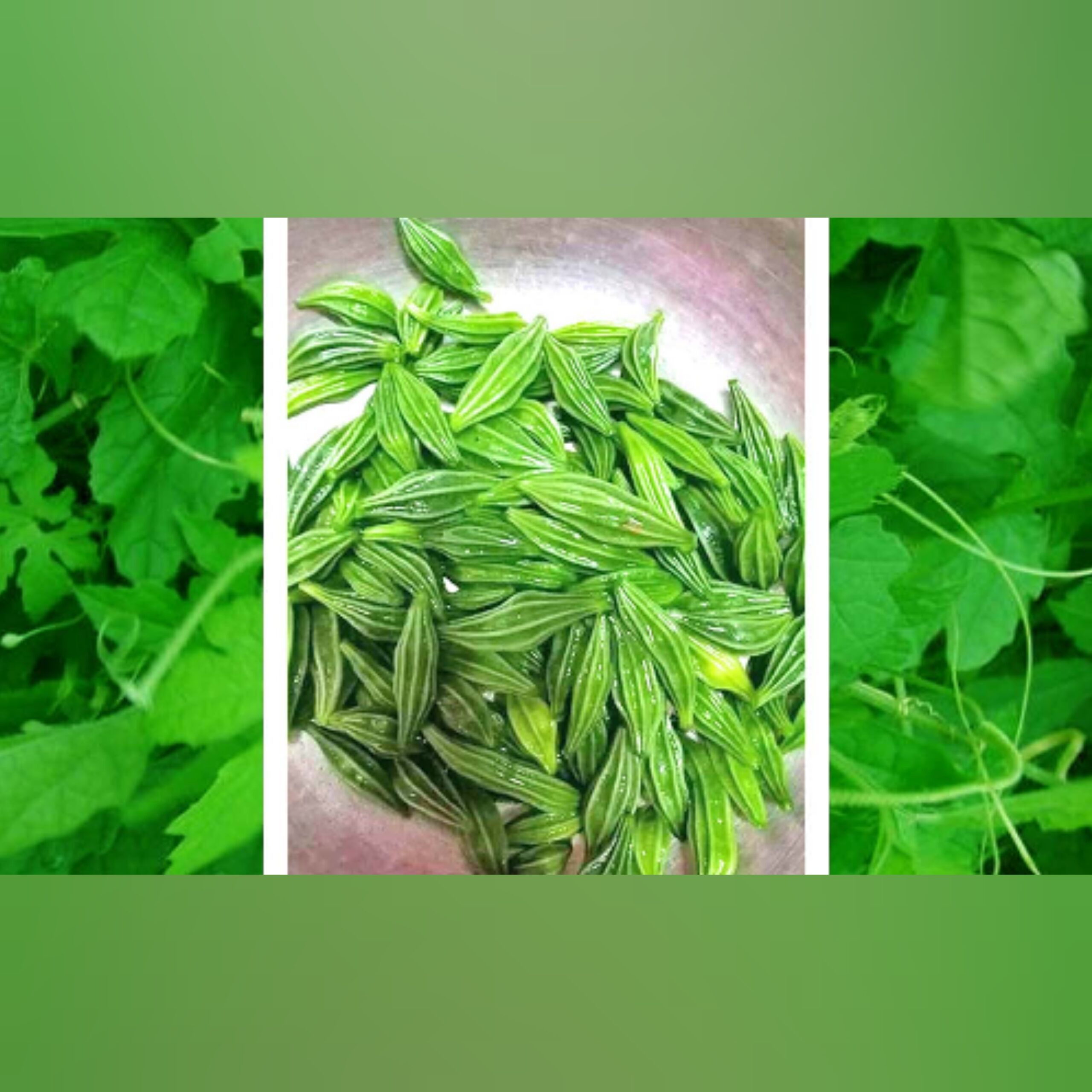Luffa Tuberosa (Adhalakkai)
Quantity: 2 tubers
Luffa tuberosa is a Momordica cymbalaria, commonly known as Ivy gourd or Scarlet gourd, is a perennial climbing vine belonging to the family Cucurbitaceae. Rather than leaving them to climb, if you let them creep on ground, each root node will turn into a tuber multiplying themselves. They give a tiny bitter gourd like vegetable which is good for consumption – stir fried like bitter gourd. One can get creative with the ways you can use them for consumption. Tubers are to be sown and vegetable can be consumed. For details, check our Instagram post for the same: https://www.instagram.com/p/CelZi5Hg1IT/?hl=en
அதலை (Momordica cymbalaria) என்பது பாகலுடன் நெருங்கிய மரபுவழித் தொடர்பு கொண்ட ஒரு கொடி இனமாகும். இதன் வேறு அறிவியற் பெயர்கள்: Luffa tuberosa, Momordica tuberosa ஆகியன
| Weight | 100 g |
|---|










Reviews
There are no reviews yet.